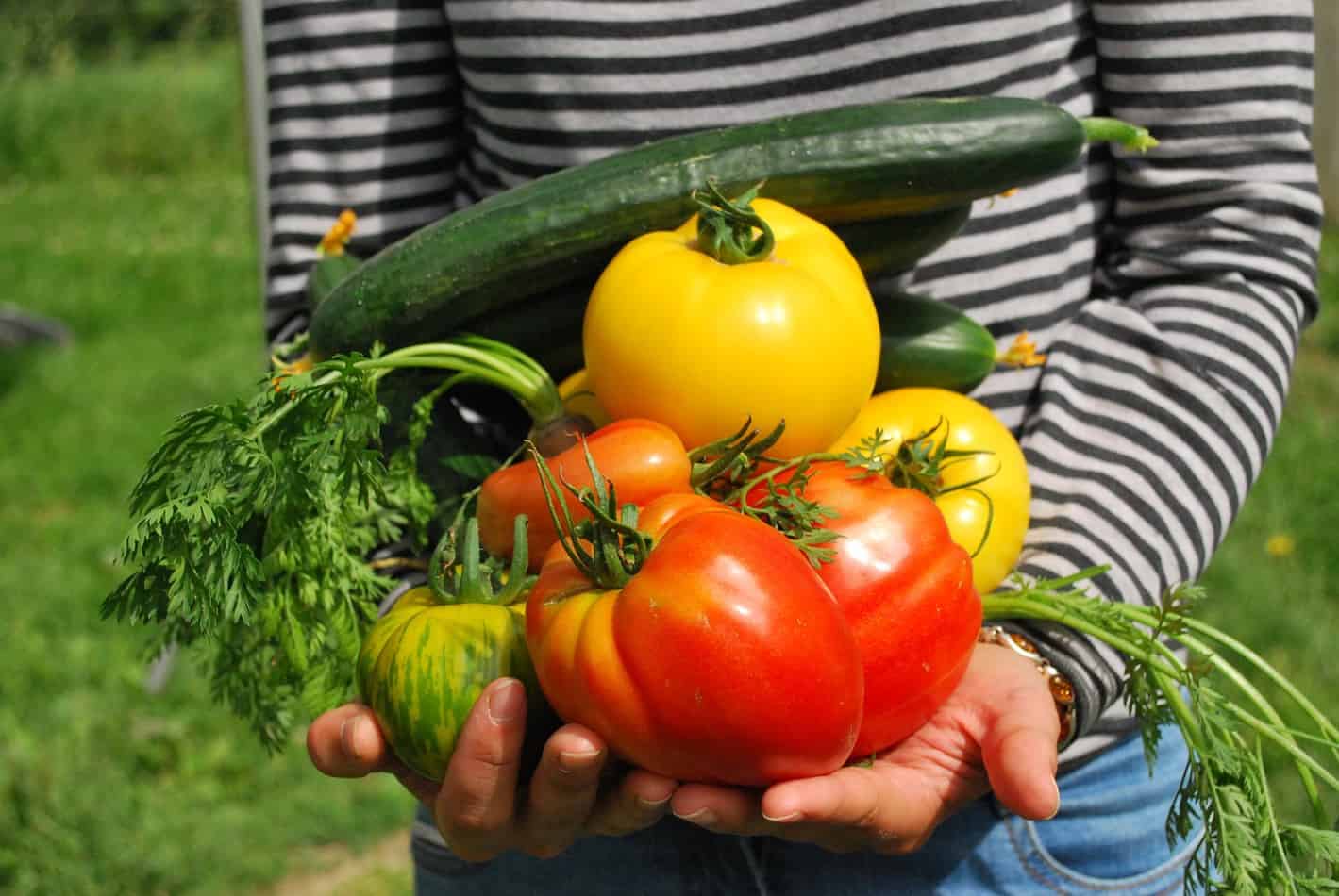There is a good reason why your mother always told you to eat your veggies!
My husband’s family has a genetic propensity for Type II Diabetes. Because of this, we take measures to fortify against acquiring it, by growing and eating lots of healthy (and very specific) vegetables, as well as spending time outside being active in the garden. This article lists the best vegetables to plant in your own garden to lower blood sugars, boost healthy antioxidants, and fight chronic illnesses such as diabetes.
Currently, more than 25 million Americans battle diabetes, which occurs when your blood glucose (or blood sugar) is too high, or your body does not properly process food for use as energy. Your blood glucose is your body’s main source of energy, and comes from the food you eat. Insulin, which is a hormone created by your pancreas helps glucose from food get into your cells to be used for energy. When your body either doesn’t make enough insulin, or doesn’t use it’s own insulin properly, it causes sugars in the blood to build up. When blood sugars reach certain levels, this is known as diabetes.
With the proper combination of diet and lifestyle choices, type 2 diabetes can go into remission, but it requires commitment to healthy eating, meal planning, and regular exercise. If an individual can apply these principles and control their weight, they may be able reverse type II diabetes and its potential complications.
Mother nature has created a perfect remedy for Diabetes available right at our fingertips.
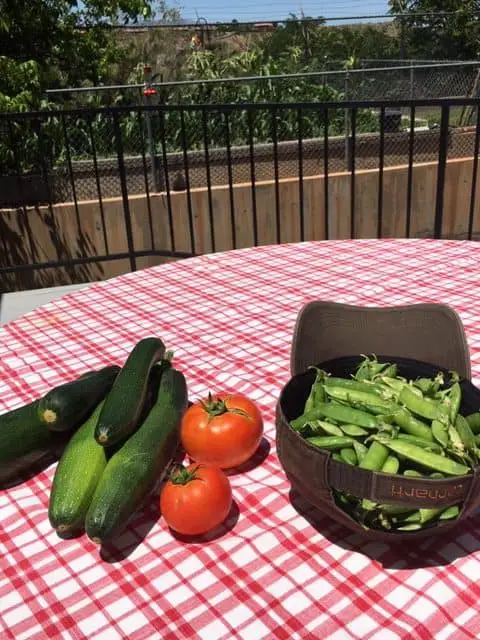
By eating specific vegetables, with high fiber, minimal carbohydrate levels, and low glycemic index scores, you can not only stave off chronic illness, but you can prevent other diabetes-related complications like heart disease, blindness, kidney failure, neuropathy, and other chronic diseases for good!
Not all veggies are created equal.
Some vegetables are just flat out better for you than others when it comes to blood sugar. Vegetables and produce contain vitamins, nutrients, carotenoids and antioxidants that can significantly reduce inflammation and assist in the production of anti-aging and revitalizing energies. Other vegetables, such as bitter melon (technically a fruit) can actually lower blood sugar levels.
So, how will you know which vegetables are best?
Pick some that are low on the glycemic index (GI) scale, rich in fiber, or high in nitrates that reduce blood pressure. What does it mean to be low on the glycemic index you ask? The GI ranking of a food shows how quickly the body absorbs glucose from that food. The human body absorbs blood sugar from high-GI foods much faster than low-GI foods. If you have diabetes, you will want to eat foods and vegetables with a low GI score in order to avoid blood sugar spikes. The glycemic index is a scale from 1 to 100, with high numbers indicating foods that raise your blood sugar faster. If a food has a GI score of 55 or less, it is considered to have a low GI score. Food that ranks between 56- 69 is a medium score, and food that ranks with a score of 70 or higher is considered a high, or bad GI score.
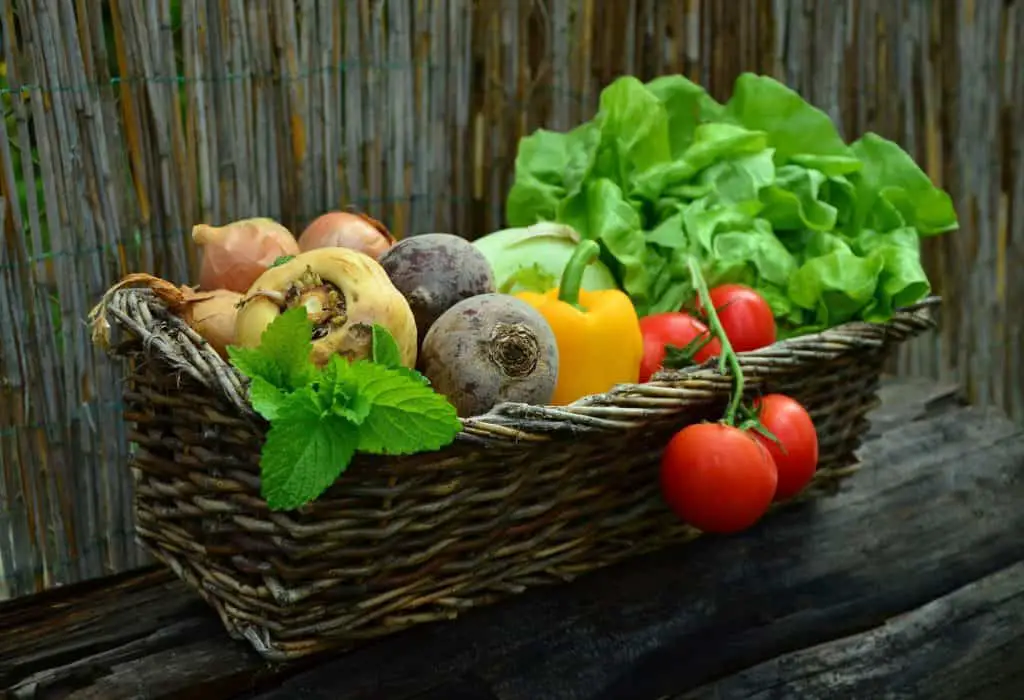
Additionally, glycemic load (GL) estimates the impact of carbohydrate consumption using the glycemic index while taking into account the amount of carbohydrates that are consumed in a serving. Thus, GL is a GI-weighted measure of carbohydrate content.
Below is a table of various vegetables you can grow in your garden that will help in your battle to stay healthy and control or stave off chronic illnesses such as diabetes.
In the battle against diabetes, leafy greens are your best friend. They are extremely nutritious, low in calories, and low in digestible carbs (which can raise blood sugar levels). Additionally, you will want to intake numerous vitamins and minerals, especially vitamin C, that has been proven to reduce inflammatory markers for fasting blood sugar levels.
It is also important to know that the method in which you prepare a food, as well as it’s ripeness can affect it’s glycemic load, or GI score. Did you know that fruits and vegetables become higher on the GI scale as they ripen (and sugars develop). Additionally, the more a food is processed, the higher the GI score raises. For example, mashed potatoes have a higher GI than a whole baked potato, and quick oats have a higher GI score than steel cut oats. Additionally, the method in which a food is cooked or prepared will affect it’s GI score as starches are restructured in the cooking process. (Al dente pasta is has a lower GI score than fully cooked soft pasta). Typically, the longer a food is cooked, the higher GI score it will have because its sugars will be digested and absorbed faster.
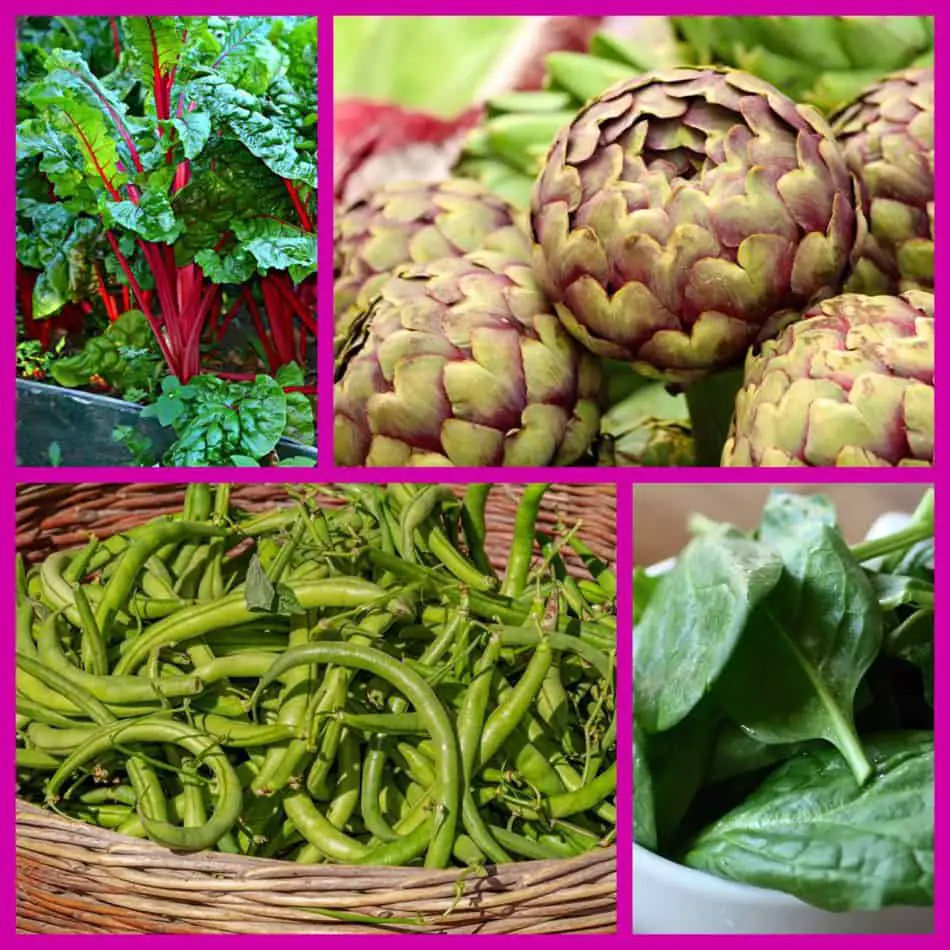
The following vegetables are fantastic at fighting diabetes because they have a score of 20 or less on the GI scale.
These vegetables are also easy to grow in your garden: asparagus, avocados, beet greens, bell peppers, bok choy, broccoli, brussels sprouts, cabbage, cauliflower, celery, collard greens, cucumbers, fennel, green beans, kale, mushrooms, mustard greens, olives, romaine lettuce (and other lettuce), spinach, summer squash, Swiss chard, tomatoes, turnip greens.
(Pumpkin 75, parsnips 97, spinach 15, bell peppers 40, broccoli 10, strawberries 41, pears 38, tomatoes 15, sweet potatoes (boiled 46, baked 94 ), carrot 35, brussels sprouts 6, cauliflower 32, cucumbers 15, eggplant 15, sweet corn 55, green beans 15, kale 9, strawberries 40, avocado 15, apple 38, grapes 53, Chinese cabbage 2, grapefruit 25, blueberries 53, oranges 48, peaches 42, squash 51, banana 52, bitter melon, celery, onions 10, and beans, artichoke 7, asparagus 8, soybeans 14, peas 22, lentils 28, zucchini 15, lettuce 15, bell peppers 40, snow peas 22, tomato 13, watermelon 72
A few family favorites:
The following are some of our family garden favorites and tips on planting and harvesting.

1. Spinach
As with most non-starchy vegetables, you will need to eat a large amount of spinach to have enough carbohydrate intake to measure on the glycemic scale. In general, the lower the amount of carbohydrate in a vegetable and the more fiber it has, the less the rise in blood sugar will be. Spinach has very low glycemic index and glycemic load values. On the other hand, it is high in fiber.
It is best to plant spinach in the early spring, as long hot days will cause the plant to bolt (send up a seed stalk), and make small frequent plantings again during the late spring and summer. It will grow best in nigh-nitrogen and moist soil. Tip: Plant spinach in the shade of other tall plants, such as corn, so the young plants will be spared the hottest sun.

2. Broccoli
Broccoli is another superfood that is high in vitamins and nutrients, but low on the glycemic index. Broccoli loves sunlight, and cooler temperatures, and will germinate in soil as low as 40° F. Many gardeners will either plant their broccoli in the fall, or begin their broccoli indoors during winter or early spring for later transplanting outdoors.
Depending on your local frost dates, you will sow seeds or place transplants into your outdoor garden 2 to 3 weeks prior to the last spring frost. Broccoli will need moist and fertile soil that is slighty acidic. We amend our broccoli rows with rich compost before planting, and place each plant 12-24 inches away from it’s neighbor plant.
3. Cabbage
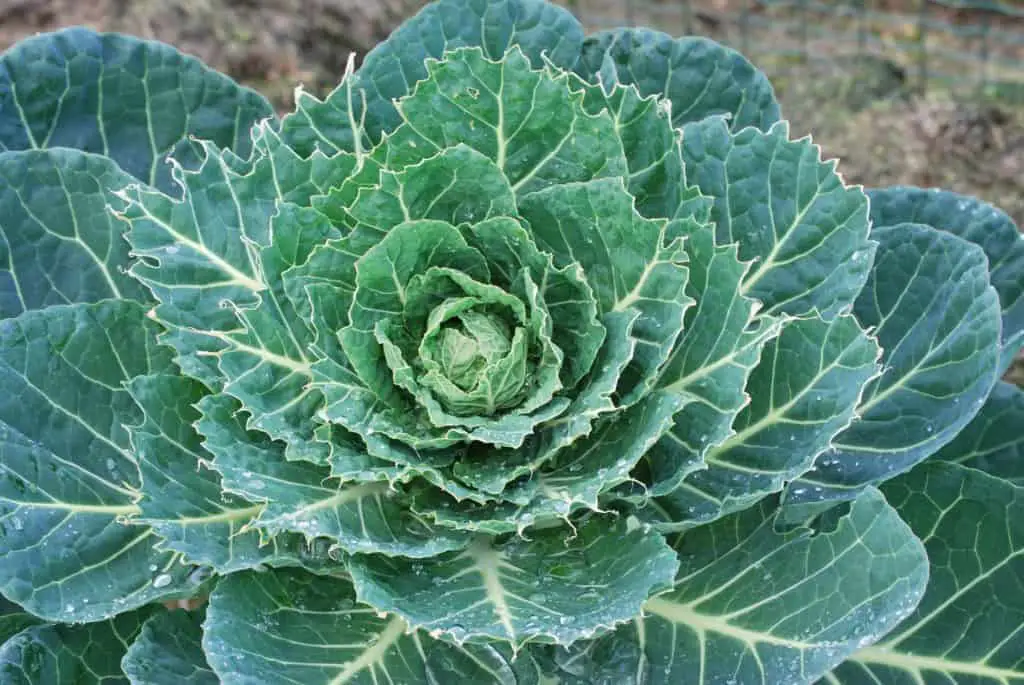
Our family also love cabbage, and has had great success growing it in our garden. Cabbage is another superfood that scores extremely low on the glycemic index. Cabbage can be tricky to grow, as it does best in cooler temperatures, and can be an attractant to several garden pests, such as cabbage worms, cutworms, and diamondback moth. Many gardeners and farmers start their cabbage plants indoors 6-8 weeks before they anticipate the last spring frost. Then, before transplanting the cabbage outdoors, “harden off” the plants by transitioning them from the protective indoor environment to the harsher conditions outside. Tip: Plant your cabbage on a cloudy day, so it will not be exposed to harsh sunlight immediately.
4. Zucchini
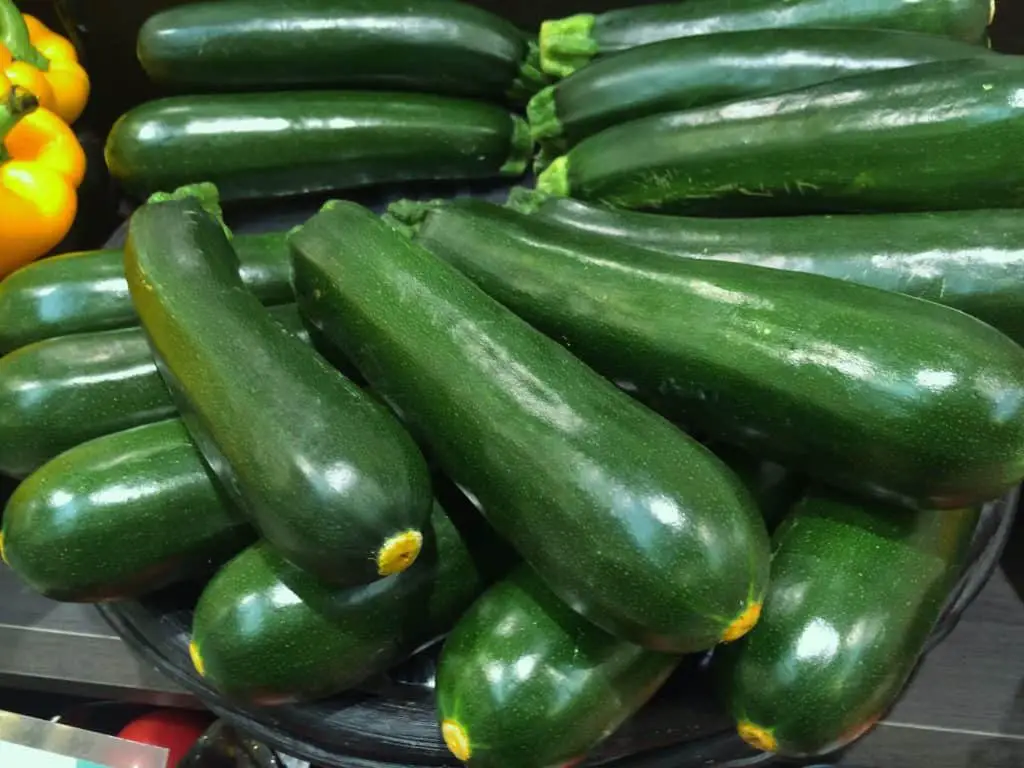
Zucchini is another superfood that scores less than twenty on the glycemin index, and is high in folates and carotenes, as well as vitamins A and C. Zucchini’s are a full sun plant that requires a mound or well drained soil to grow, as overly-wet soil may cause early rot. Zucchini grows best in warm soil and air, and can also be started indoors 2-4 weeks prior to your last spring frost an hardened off before transplanting. Unlike Broccoli, zucchini will not germinate in cold soil, and also requires a a good deal of space to grow. Tip: Be sure to give your zucchini 2-4 feet between plants to allow for good air circulation around each plant, as well as maximum production per plant.
There you have it. A few of our family favorites when it comes to diabetes-fighting super veggies. We also have an orchard as well as an herb garden that both produce extremely beneficial and nutritious produce when it comes to putting healthy foods on our kitchen table. We also work very hard to preserve our produce at harvest time to allow for consumption all year long. You can find links toour canning, bottling, and fermenting tips here.

